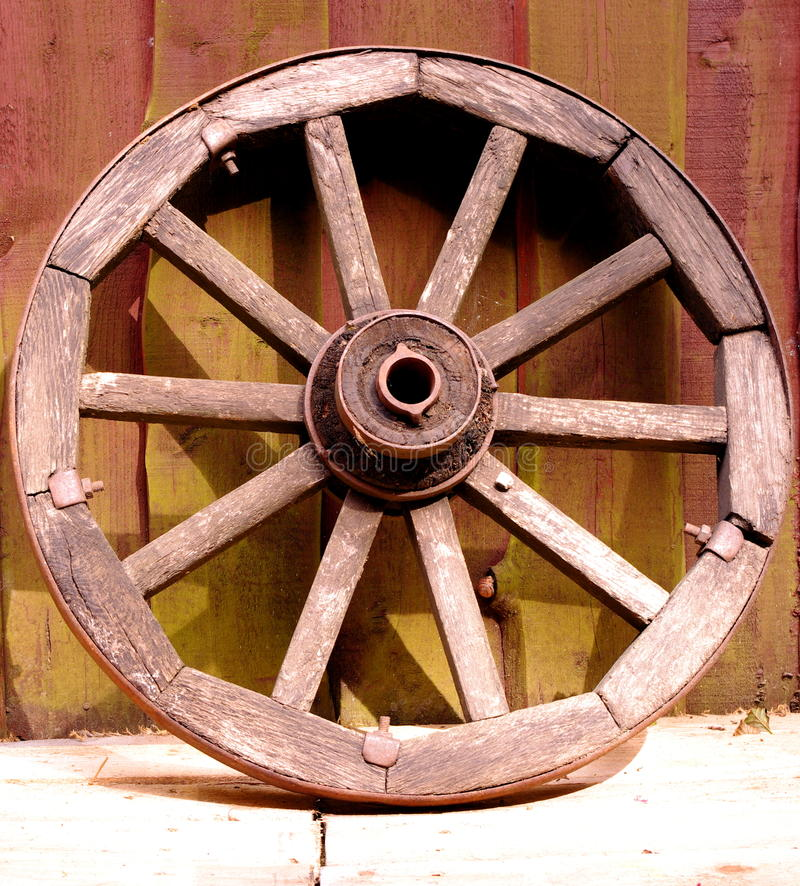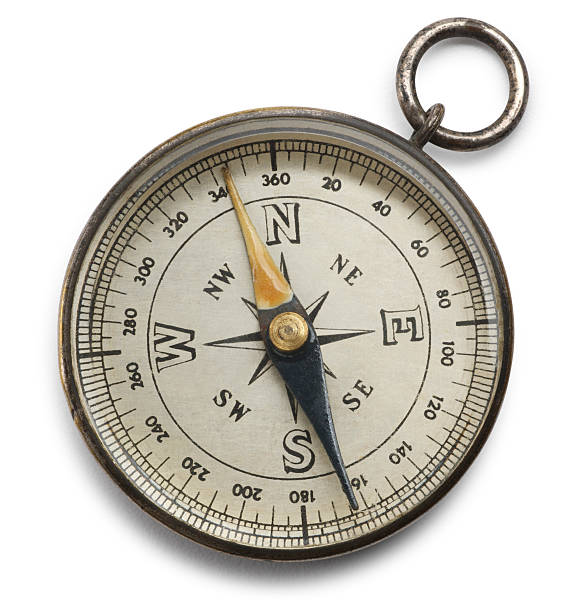TOP 10 INVENTIONS THAT CHANGED THE WORLD
- Get link
- X
- Other Apps
Top 10 inventions that changed the world
Our lives would not be the same without these inventions
People have devised and made some astonishing
— and now and then irregular — creations. From the second somebody slammed a
stone on the ground to make the main sharp-edged instrument, to the
presentation of the wheel to the improvement of Mars meanderers and the
Internet, a few key progressions stand apart as especially progressive. Here
are our top picks for the main innovations ever, alongside the science behind
the creation and how they occurred.
1. THE WHEEL
Before the creation of the wheel in 3500 B.C., people were seriously restricted in how much stuff we could move over land, and how far. The actual wheel wasn't the most troublesome aspect of "creating the wheel." When it came time to interface an immobile stage to that moving chamber, things got interesting, as per David Anthony, a teacher of human sciences at Hartwick College.
The stroke of splendor was the haggle
idea," Anthony recently told Live Science. However, at that point making,
it was likewise troublesome." For example, the openings at the focal point
of the haggles closures of the decent axles must be almost completely round and
smooth, he said. The size of the hub was likewise a basic element, similar to
its coziness inside the opening (not excessively close, but not excessively
free, all things considered).
The difficult work paid off, for sure.
Wheeled trucks worked with agribusiness and business by empowering the
transportation of products to and from business sectors, as well as
facilitating the weights of individuals voyaging significant stretches.
Presently, wheels are essential to our lifestyle, tracked down in all that from
clocks to vehicles to turbines.
2. THE NAIL
3. THE COMPASS
Antiquated sailors involved the stars for the route, yet this technique didn't work during the day or on overcast evenings, making it perilous to go a long way from land. The main compass was created in China during the Han line between the second Century B.C. furthermore, first Century A.D.; it was made of lodestone, a normally charged iron mineral, the alluring properties of which they had been reading up for quite a long time. Nonetheless, it was utilized for route interestingly during the Song Dynasty, between the eleventh and twelfth hundred years,
Before long, the innovation toward the West
through nautical contact. The compass empowered sailors to explore securely
distant from the land, opening up the world for investigation and the ensuing
improvement of worldwide exchange. An instrument still generally utilized
today, the compass has changed our insight and comprehension of the Earth until
the end of time.
4. THE PRINTING PRESS
German designer Johannes Gutenberg developed the print machine at some point somewhere in the range of 1440 and 1450. Key to its improvement was the hand shape, another trim method that empowered the fast making of huge amounts of the metal versatile sort. However others before him — remembering designers for China and Korea — had created mobile sort produced using metal, Gutenberg was quick to make a motorized interaction that moved the ink (which he produced using linseed oil and sediment) from the portable kind to paper.
In addition to other things, the print
machine allowed more extensive admittance to the Bible, which thusly prompted
elective understandings, including that of Martin Luther, whose "95
Theses" a record printed in large numbers thousand started the Protestant
Reformation.
5. THE INTERNAL COMBUSTION ENGINE
In these motors, the burning of fuel delivers a high-temperature gas, which, as it extends, applies power to a cylinder, moving it. Subsequently, ignition motors convert substance energy into mechanical work. Many years of designing by numerous researchers went into planning the gas-powered motor, which took its (basically) current structure in the last 50% of the nineteenth hundred years. The motor introduced the Industrial Age, as well as empowered the creation of a tremendous assortment of machines, including present-day vehicles and airplanes.
6. THE TELEPHONE
A few creators accomplished spearheading work on electronic voice transmission - a considerable lot of whom later recorded protected innovation claims when phone utilize detonated - however, it was Scottish designer Alexander Graham Bell who was quick to be granted a patent for the electric phone on March 7, 1876 (his patent drawing is presented previously).
Ringer's motivation for the phone was
impacted by his loved ones. His dad showed discourse statements and had some
expertise in showing the hard-of-hearing talk, his mom - a refined performer -
lost her hearing in later life and his better half Mabel, who he wedded in
1877, had been hard of hearing since the age of five, as per Evenson. The
development immediately took off and reformed worldwide business and
correspondence. At the point when Bell passed on August 2, 1922, all telephone
utility in the United States and Canada was halted briefly to respect him.
7. THE LIGHT BULB
The innovation of the light changed our reality by eliminating our reliance on normal light, permitting us to be useful whenever, day or night. A few designers were instrumental in fostering this progressive innovation all through the 1800s; Thomas Edison is credited as the essential
creator since he made a totally useful
lighting framework, including a generator and wiring along with a carbon-fiber
bulb like the one above, in 1879.
8. PENICILLIN
9. CONTRACEPTIVES
Besides the fact that conception prevention has pills, condoms and different types of contraception started a sexual transformation in the created world by permitting people to have intercourse for recreation as opposed to reproduction, they have likewise definitely diminished the normal number of posterity per lady in nations where they are utilized. With fewer mouths to take care of, current families have accomplished better expectations of living and can give better to every kid. In the interim, on the worldwide scale, contraceptives are helping the human populace bit by bit level off; our number will likely settle before the century's over. Certain contraceptives, like condoms, additionally check the spread of physically communicated illnesses.
10. THE INTERNET
The web is a worldwide arrangement of interconnected PC networks that are utilized by billions of individuals around the world. During the 1960s, a group of PC researchers working for the U.S. Protection Department's ARPA (Advanced Research Projects Agency) constructed a correspondence organization to interface the PCs in the office, called ARPANET, the ancestor of the web. It utilized a strategy for information transmission called "bundle exchanging", created by PC researcher and colleague Lawrence Roberts, in view of earlier work of other PC researchers.
In 1989, the web advanced further because of
the creation of the World Wide Web by PC researcher Tim Berners-Lee while
working at CERN (The European Organization for Nuclear Research). As per
CERN(opens in new tab), "the essential thought of the WWW was to blend the
developing innovations of PCs, information organizations and hypertext into a
strong and simple to utilize worldwide data framework." The improvement of
the WWW opened up the universe of the web to everyone and associated the world
such that it had never been.
- Get link
- X
- Other Apps












Comments
Post a Comment